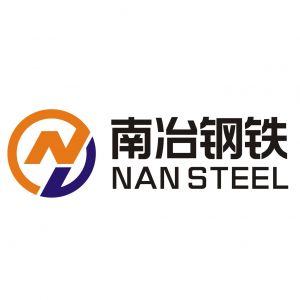How to identify inferior welded steel pipesPosted by chase Liu on July 4th, 2023 The welded steel tube is a steel pipe made of steel plate or strip steel after being crimped and welded. Generally, the length is 6 meters, and the commonly used wall thickness is schedule 80 pipe. The production process of welded steel pipe is simple, the production efficiency is high, there are many varieties and specifications, and the investment in equipment is small, but the general strength is lower than that of seamless pipe. Identifying inferior welded steel pipes is crucial to ensure the quality, reliability, and safety of your project. Here are some key factors to consider when assessing welded steel pipes for potential inferiority: Weld Quality: Examine the weld quality of the pipe. Inferior welded pipes may exhibit defects such as cracks, incomplete fusion, lack of penetration, undercutting, or excessive porosity. These defects can weaken the structural integrity of the pipe and increase the risk of failure. Surface Finish: Inspect the surface finish of the pipe. Inferior welded pipes may have rough or uneven surfaces, inconsistent bead profiles, or excessive spatter. A poor surface finish can indicate substandard welding practices or lack of proper cleaning and finishing procedures. Visual Inspection: Conduct a visual inspection to identify any visible signs of imperfections, including uneven weld seams, excessive distortion, misalignment, or irregularities in the pipe's shape. These can be indicators of poor workmanship or inadequate quality control. Dimensional Accuracy: Check the dimensional accuracy of the welded pipe. Measure the outer diameter, wall thickness, and length to ensure they conform to the specified tolerances. Significant deviations from the required dimensions may indicate substandard manufacturing processes or inadequate quality control. Material Quality: Assess the quality of the base metal used in the welded pipe. Inferior pipes may be made from low-quality or substandard materials, resulting in reduced strength, durability, and corrosion resistance. Ensure that the material meets the relevant standards and specifications. Weld Integrity: Evaluate the integrity of the weld joints. Inferior welded pipes may exhibit signs of cracking, brittleness, or susceptibility to corrosion at the weld seams. These issues can compromise the structural strength and longevity of the pipe. Standards and Certifications: Verify whether the welded pipes meet industry standards and certifications. Look for markings or labels indicating compliance with recognized standards such as ASTM, API, or specific customer requirements. Inferior pipes may lack proper certifications or fail to meet the required specifications. Supplier Reputation: Consider the reputation and track record of the pipe supplier. Research the supplier's credentials, customer reviews, and industry reputation to ensure they have a history of delivering high-quality products. Reputable suppliers are more likely to provide reliable and superior welded steel pipes. Documentation and Testing: Request relevant documentation, such as material test reports (MTRs), certificates of compliance, or inspection records. Inferior welded pipes may lack proper documentation or fail to provide evidence of quality control and testing conducted during the manufacturing process. Third-Party Inspection: Consider involving third-party inspection agencies to perform independent assessments of the welded pipes. These inspections can provide unbiased evaluations of the pipes' quality and help identify any inferior or non-compliant products. By paying attention to these factors, you can identify potential issues and make informed decisions when assessing the quality of welded steel pipes. It is important to work with reputable suppliers and ensure adherence to industry standards to avoid the use of inferior pipes in your projects. Like it? Share it!More by this author |


